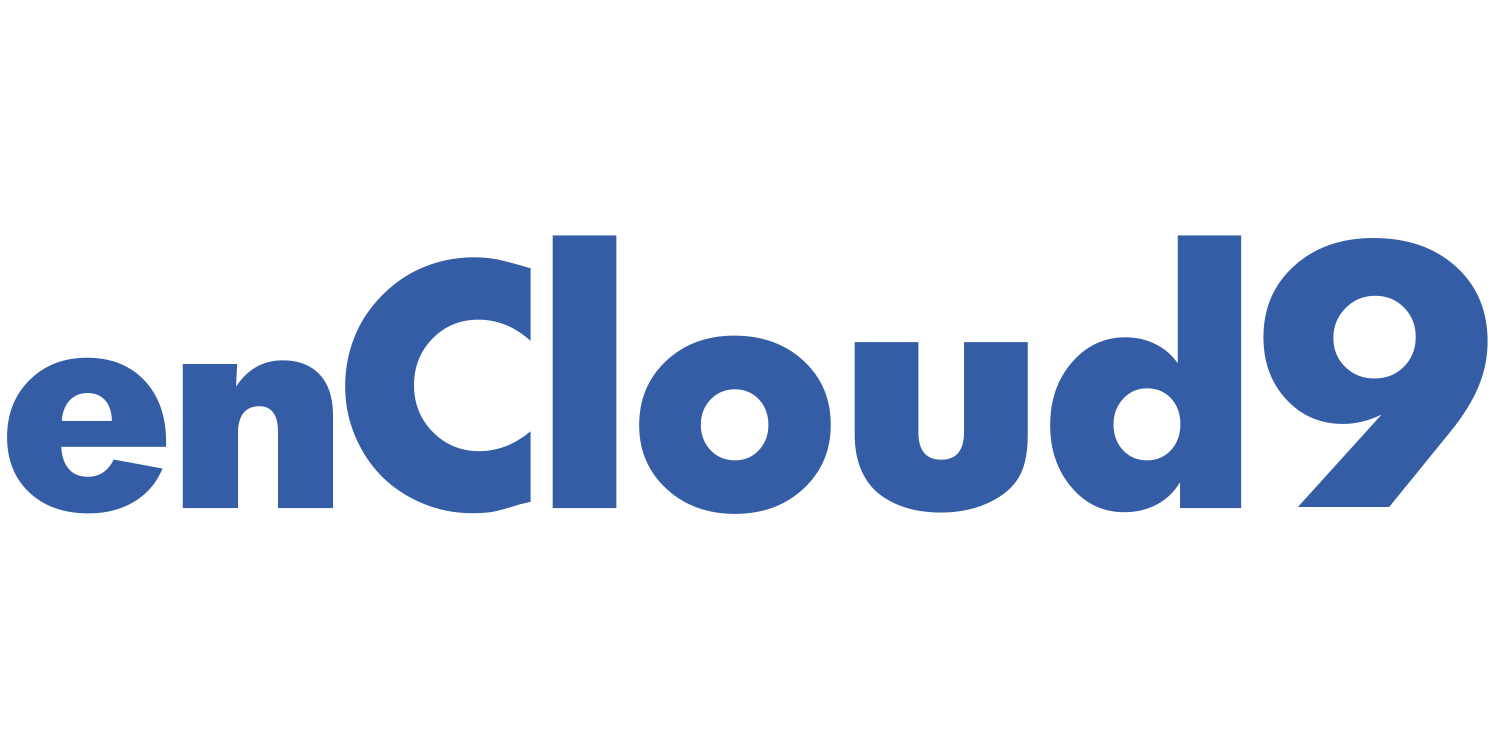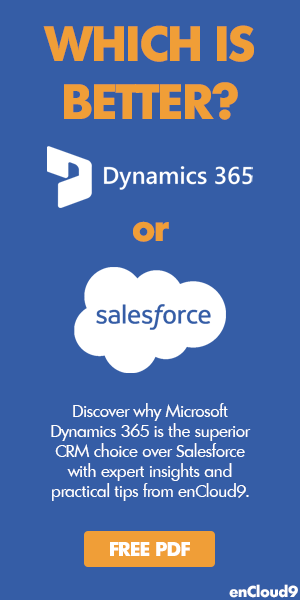It can be confusing to understand the two types of Power Apps and when to use each. This blog article breaks down the differences of canvas apps vs model-driven apps.
Similarities
Both Canvas Apps and Model-driven Apps have some similar components to their design. Although there are many differences between the two apps – fundamentally, they are the same. Both are business apps that can be created by non-developers. Even if you don’t know how to code, Microsoft’s low coding platform allows businesses to build their own custom apps. The substantial benefit here is that the very employees that will be the very one that will end up working with these apps are the ones who are able to build them.
Differences: Canvas Apps vs Model-driven Apps
A fundamental difference between the two types of Power Apps is in user control and use cases.
We have created a table highlighting some of the main differences between Canvas and Model-driven apps:
When to use Canvas apps and Model-driven apps
Some situations are better suited for Canvas apps and some for Model-driven apps. When deciding which type of Power App to use, it depends on your business requirements and process structure. Model-driven apps are multipurpose apps, whereas canvas apps are more task oriented and goal specific.
Canvas apps are generally used to create simple apps with a specific purpose, such as customer feedback applications. Some other scenarios where you might choose to build a canvas app are:
- An app built by a car insurance company for a customer to complete (to add damage, etc)
- To create a simple app with a specific purpose, like holiday requests/approvals, data recording, ID help, ticketing, event registration, etc.
- Building an app on top of your CRM to make it easier for your salespeople to work with opportunities
- Creating customer support tickets
- Photo creation
Model driven apps are more suitable for more complex and sophisticated business applications. Use Model-driven apps to build end to end solutions. Some scenarios where you would use a model-driven app are:
- Customer Relationship Management Systems (CRM)
- Human Resources Information Systems (HRIS)
- Customer complaint management Systems
- Inventory Management System
- Employee Onboarding System
Embedded Power Apps
Even though there are two types of Power Apps, you don’t have to strictly use one or the other. Canvas apps can be embedded into model-driven apps. The combination both types of apps is referred to as an embedded app. Click here for directions on embedding a canvas app.
In conclusion
Hopefully, this blog article has not only explained the differences between the two types of apps, but has also demonstrated how PowerApps can meet your organization’s needs. enCloud9 has extensive experience with Model-driven apps (including Dynamics 365) as well as custom Canvas apps.
How can we help?
If you have questions about Power Apps, contact the experts at enCloud9.
If you’re interested in an application built specifically for your company’s needs, or in deploying Dynamics 365, contact us today. We’d love to hear about your business and discuss how our custom Microsoft Dynamics 365 solutions can work with your business and its specific needs.
From platform selection to licensing to implementation and go live, we guide you every step of the way. Once you are live, enCloud9’s Dynamics 365 Management Services support your users and keep your system up-to-date and running smoothly.
To learn more, contact us today.


